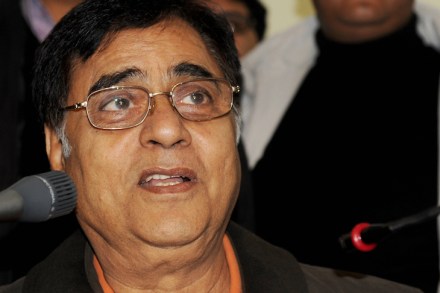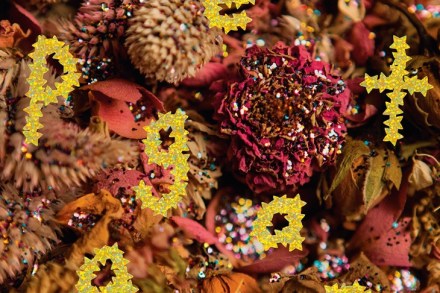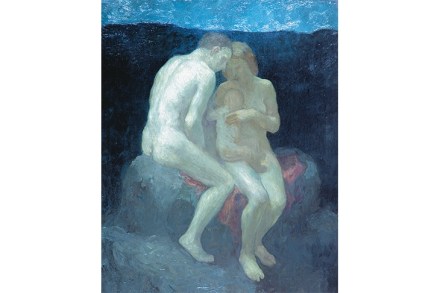On the waterfront | 12 October 2017
Much has been made of the American novelist Jennifer Egan’s mutation, in her latest novel, from purveyor of metafiction and fragmentary, experimental narratives to creator of a solid piece of traditional realism. Manhattan Beach tells the story of a father and daughter in New York in the years in and around the second world war: Eddie is a mobster’s bagman, who disappears without apparent trace early on; Anna is left distraught, but is also a resilient striver, growing up to become the only female diver in Brooklyn’s Navy Yard. Betwixt and between them stands Dexter Styles, a nightclub owner and instrument of the mafia, swishing between cold malfeasance and a





















